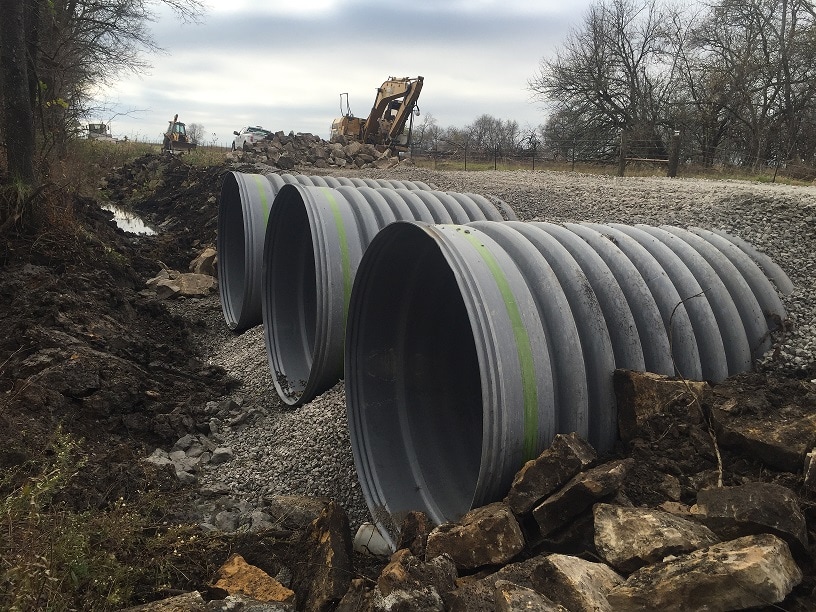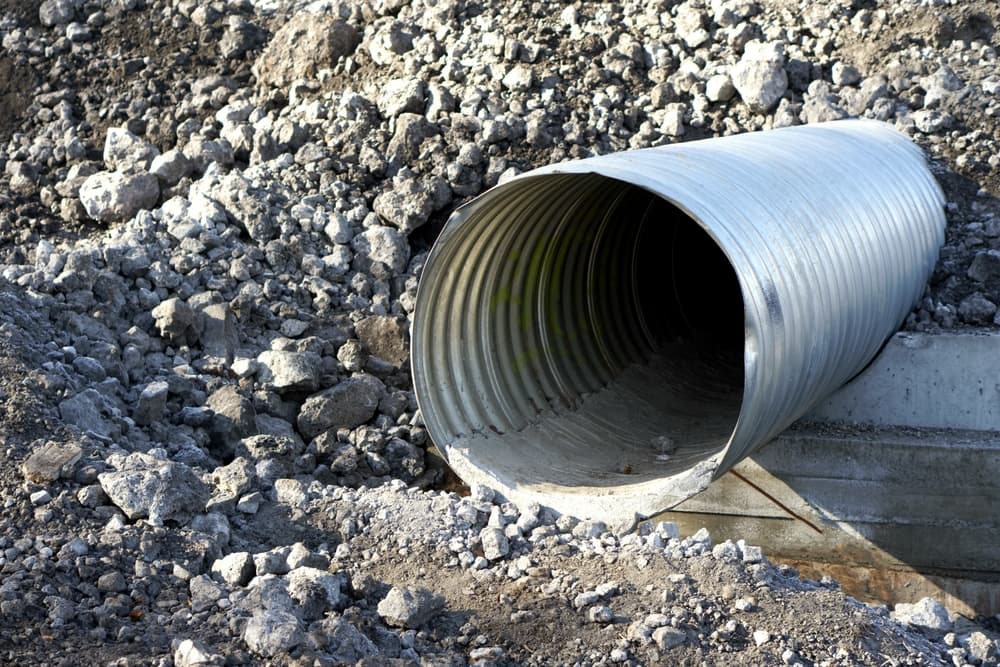Thorough Underbrush Clearing for Land Management
Culvert Installment Facilitated: Step-by-Step Guide for Success
From picking the ideal culvert dimension to incorporating appropriate drainage steps, each step in the installment procedure plays a crucial role in the capability and longevity of the culvert system. Stay tuned to uncover the crucial actions and factors to consider that can make culvert installment a smooth and effective venture.
Selecting the Right Culvert Size
Choosing the ideal culvert dimension is vital for ensuring reliable water circulation and structural honesty in culvert setup projects - Pad Construction. The dimension of the culvert directly affects the circulation capability of water through the structure. A culvert that is too little can cause flooding and overflow, while one that is too big may lead to lowered water speed, potentially creating sediment buildup and blockages
To determine the ideal culvert size, aspects such as the watershed area, peak circulation rates, and hydraulic effectiveness demand to be thoroughly thought about. Calculations based on these specifications aid in picking a size that can appropriately handle the predicted water quantity while decreasing the threat of clogs and structural failure.
It is vital to consult design guidelines and standards to ensure that the chosen culvert size satisfies the job requirements and regional guidelines (Pad Construction). By selecting the right culvert size, task supervisors can enhance water circulation, stop possible issues, and improve the overall efficiency and durability of the culvert setup
Preparing the Setup Site
Reliable culvert installation requires meticulous prep work of the installation site to guarantee optimal architectural support and capability. Before beginning the installment procedure, it is essential to get rid of the site of any particles, vegetation, or obstructions that might impede the culvert's positioning.
In addition, it is important to consider aspects such as soil composition, groundwater levels, and ecological impacts when preparing the installation site. Performing a complete site assessment can aid recognize any kind of potential difficulties or risks that may impact the culvert's performance. By making the effort to prepare the installment site correctly, you can help assure a successful culvert installation that meets architectural needs and guarantees long-lasting performance.
Positioning the Culvert Properly

The quality at which the culvert is placed is important for preserving a correct incline for water circulation. In addition, the culvert should be oriented properly to guarantee that the inlet and outlet are in the appropriate places. Pad Construction.
Backfilling and Compacting the Dirt
Correct backfilling and compaction of the dirt around the culvert is important to guarantee security and prevent prospective concerns in the future. Once the culvert is correctly placed, the following critical action is to backfill the location around it with appropriate material. The backfill material need to be without rocks, debris, and raw material to avoid damage to the culvert. It is recommended to make use of granular material such as sand or gravel for backfilling, as it gives excellent drain and compaction homes.
After putting the backfill material, it is very important to small it in layers of consistent thickness. Using a compactor or a mechanical meddle, small the dirt gently to stay clear of damaging the culvert. Compaction aids in reducing the possibilities of negotiation and ensures consistent assistance around the culvert. It is vital to portable the dirt equally on all sides of the culvert to preserve its structural honesty.
Correct backfilling and compaction not just provide stability to the culvert yet likewise assist in protecting against dirt erosion and maintaining the longevity of the culvert system.
Ensuring Appropriate Drain Assimilation
Incorporating efficient drain solutions plays an essential duty in the total capability and longevity of culvert installations. Proper water drainage assimilation is essential for managing water circulation, avoiding disintegration, and making sure the architectural integrity of the culvert system. To attain this, it is important to develop web link an extensive drain plan that thinks about elements such as the volume of water anticipated, the topography of the area, and the kind of soil existing.

Additionally, incorporating functions like disintegration control steps, such as riprap or greenery, can additionally improve the performance of the drainage system. By thoroughly planning and implementing these water drainage services, culvert setups can work effectively and endure the examination of time.
Final Thought
To conclude, appropriate culvert installment is critical for preserving reliable drainage systems. By selecting the ideal culvert dimension, preparing the installation site, positioning the culvert properly, backfilling and condensing the soil, and ensuring proper water drainage combination, success can be attained. Following these steps will certainly aid ensure the long life and efficiency of the culvert, inevitably adding to the overall success of the discover here drainage system.